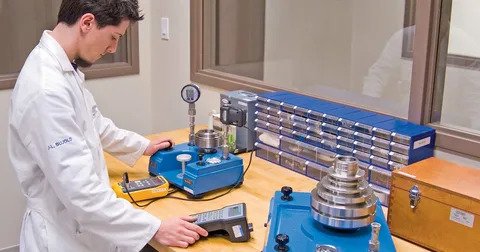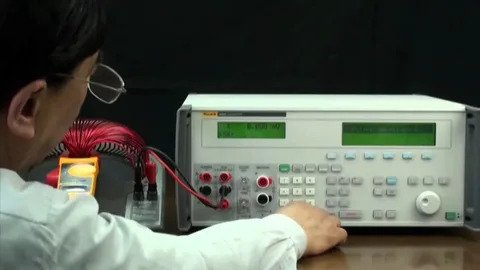Cooking is both an art and a science, and one of the key factors in achieving culinary perfection is maintaining accurate oven temperatures. Over time, ovens can become less precise, leading to uneven cooking and disappointing results. That’s where Oven Calibration comes in.
In this blog post, we will explore the importance of oven calibration, the signs that your oven may need calibration, and how to calibrate your oven for accurate cooking temperatures.
What is Oven Calibration?
Oven calibration refers to the process of adjusting your oven’s temperature settings to ensure that it accurately reflects the desired cooking temperature. Ovens can gradually lose their accuracy due to factors such as age, wear, and tear, or even power fluctuations. Calibration helps to ensure that the oven maintains the correct temperature, allowing for consistent and reliable cooking results.
The Importance of Oven Calibration
Accurate oven temperatures are crucial for successful cooking. Whether you’re baking delicate pastries, roasting meats, or simply preparing weeknight dinners, precise temperature control is essential. A poorly calibrated oven can result in undercooked or overcooked dishes, uneven browning, and wasted ingredients. By oven calibration your oven, you can achieve more consistent and predictable cooking results.
Signs Your Oven May Need Calibration
Uneven Cooking
One of the most common signs that your oven may need calibration is uneven cooking. If you consistently notice that certain areas of your dishes are undercooked or overcooked while others are perfectly cooked, it’s a clear indication that your oven’s temperature is not evenly distributed. Calibration can help address this issue and ensure that heat is evenly dispersed throughout the oven.
 Inconsistent Baking Times
Inconsistent Baking Times
Another sign that your oven may need calibration is inconsistent baking times. If recipes that used to turn out perfectly are suddenly taking longer or shorter than expected, it’s likely that your oven’s temperature is not accurate. Calibration can help you regain control over your cooking times and ensure that your dishes are cooked to perfection.
How to Calibrate Your Oven?
Consult the User Manual
The first step in calibrating your oven is to consult the user manual. Different oven models may have specific instructions for calibration, so it’s important to follow the manufacturer’s guidelines. The manual will provide you with step-by-step instructions on how to adjust the temperature settings.
Use an Oven Thermometer
To accurately calibrate your oven, you will need an oven thermometer. Place the thermometer in the center of the oven and preheat the oven to a specific temperature, such as 350°F. Allow the oven to preheat fully and then check the thermometer reading. If the temperature does not match the desired setting, you will need to adjust the oven’s temperature accordingly.
Adjusting the Temperature Settings
To adjust the temperature settings, locate the calibration dial or control on your oven. This dial is usually found on the back of the temperature knob or inside the control panel. Using a screwdriver or similar tool, turn the dial in the appropriate direction to increase or decrease the temperature. Refer to the user manual for the specific calibration increments and directions for your oven model.
Conclusion:
In conclusion, oven calibration is a crucial step in achieving accurate and consistent cooking temperatures. By recognizing the signs that your oven may need calibration and following the appropriate steps to adjust the temperature settings, you can ensure that your dishes turn out perfectly every time. Don’t let an inaccurate oven hinder your culinary creations – take the time to calibrate your oven and unlock its full potential for delicious and evenly cooked meals.

